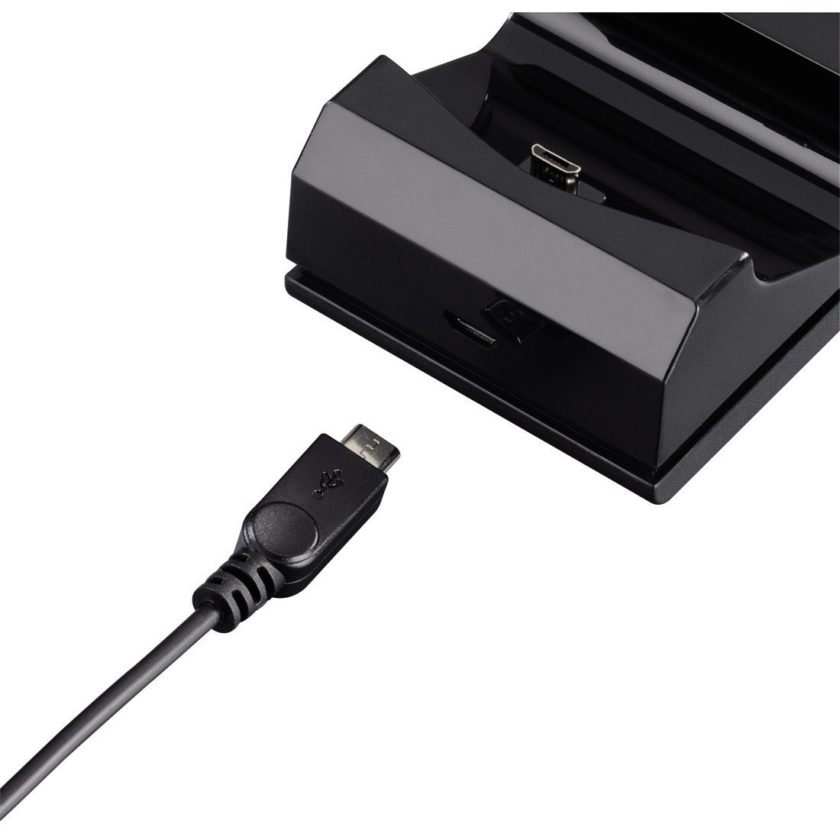


The recognition that bone scintigraphy could not reliably diagnose infection led to the development of combined studies, first bone/gallium and subsequently leukocyte/bone and leukocyte/marrow imaging. This has led to a shift in the diagnostic paradigm, in which nuclear medicine investigations increasingly have focused on diagnosing infection. Advances in anatomic imaging, notably cross sectional modalities, have facilitated the diagnosis of many, if not most, causes of prosthetic failure, with the important exception of infection. It became apparent, however, that although sensitive, regardless of how the images were analyzed or how it was performed, the test was not specific and could not distinguish among the causes of prosthetic failure. The bone scan was used extensively to identify causes of prosthetic joint failure. Soon after the introduction of the modern prosthetic joint, it was recognized that radionuclide imaging provides useful information about these devices.


 0 kommentar(er)
0 kommentar(er)
